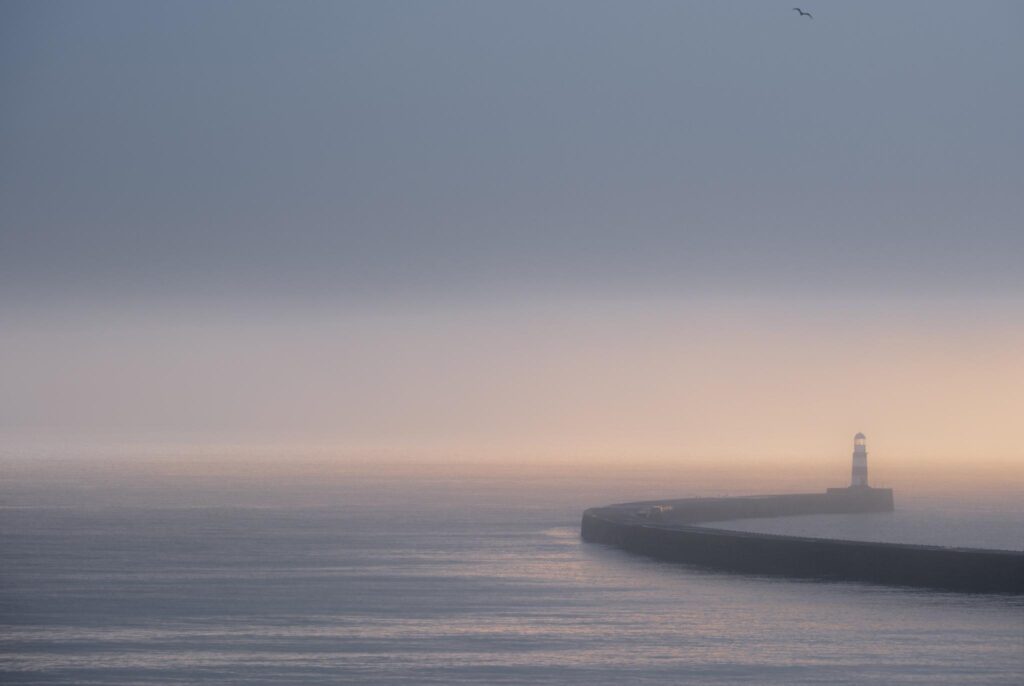Juxtaposition in photography is a common and popular element of composition. What is important to understand is that juxtaposition is more an element or technique than a genre.
It can be extremely subtle, almost unnoticeable, or strikingly obvious. Here we will review how to use juxtaposition in photography and show you how it can be a tool you can use to overcome a creative block.
What Is Juxtaposition In Photography?
First things first: let's define this weird word, juxtaposition. In photography, it is the act of framing two different elements to relate them in some way. Juxtaposition can be used for anything from humor to complaint and is a powerful element that can make your images more striking.
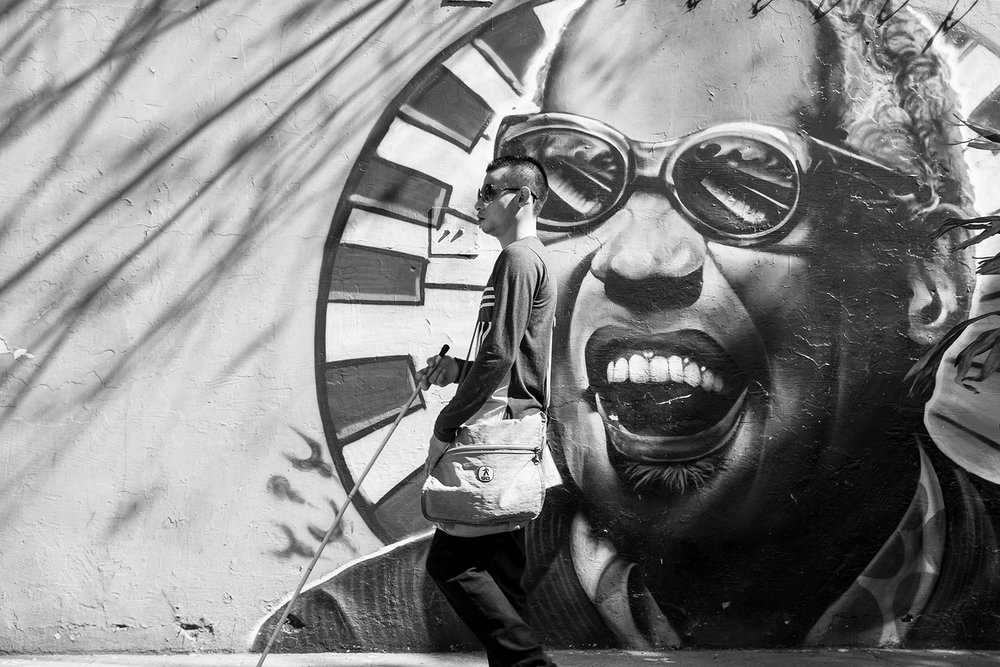
Even though the word “juxtaposition” sounds a bit pretentious, it is an extremely important element in photography. By relating two dissonant elements, the act of telling a story becomes more efficient.
After all, the great thing about meaningful photographs is that, by themselves, without additional explanation, they can tell a story. Juxtaposition in photography is often seen to be more powerful than any other visual format because it is capable of relating two essences, two realities.
The trick with juxtaposition is that you need to be able to capture with your camera the unseen relationship between the two elements. If it is a trivial thing, it might not create the impact you’re looking for. We talk about only two elements because the resulting clash of an almost binary situation in the frame makes it so powerful.
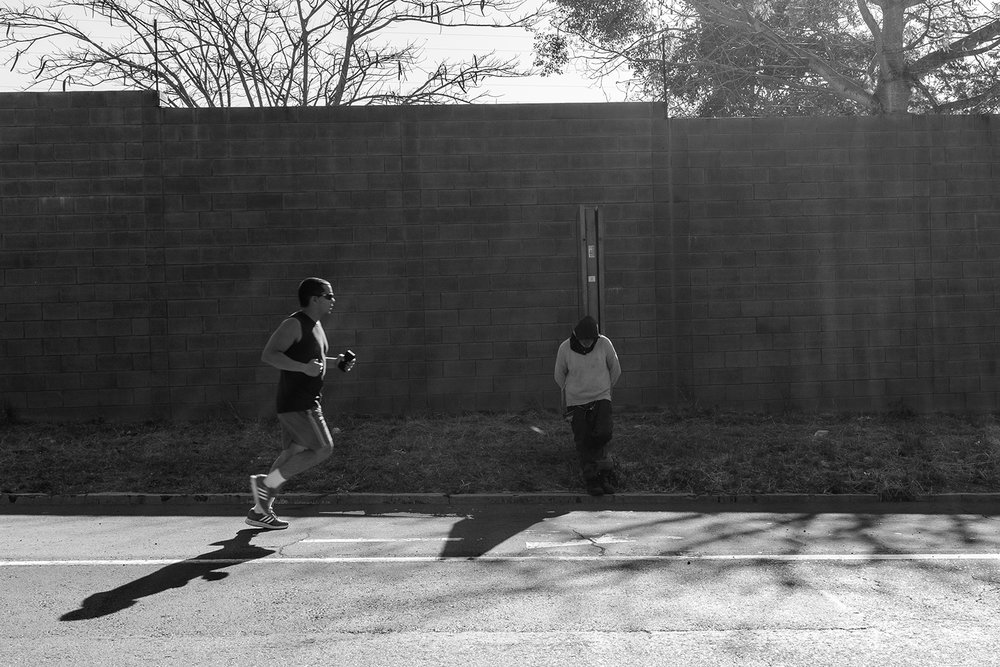
The great thing about juxtaposition in photography is that it can be very simple or extremely complex, even conceptual.
The important thing is to get the viewers’ attention so that they will eventually discover the messages in your image, thanks to the relationship between the opposing elements. Remember – one major goal when creating meaningful photographs is to make people stop and read it.
Why Does Juxtaposition Work So Well In Photography?
The answer is very simple: because capturing or creating a juxtaposed situation is hard. Good things always require effort. That's why juxtaposition is a useful way to surpass a creative block.
The element of surprise is crucial to a good juxtaposition. Two unrelated elements coexisting in the same area of a frame in a totally unexpected way – that's the art of juxtaposition in photography.
It is the quintessential evidence that a photographer was not only creative but extremely aware of what was going on. It is also proof that, as a photographer, they are alert enough to be open to the possibilities that arise.
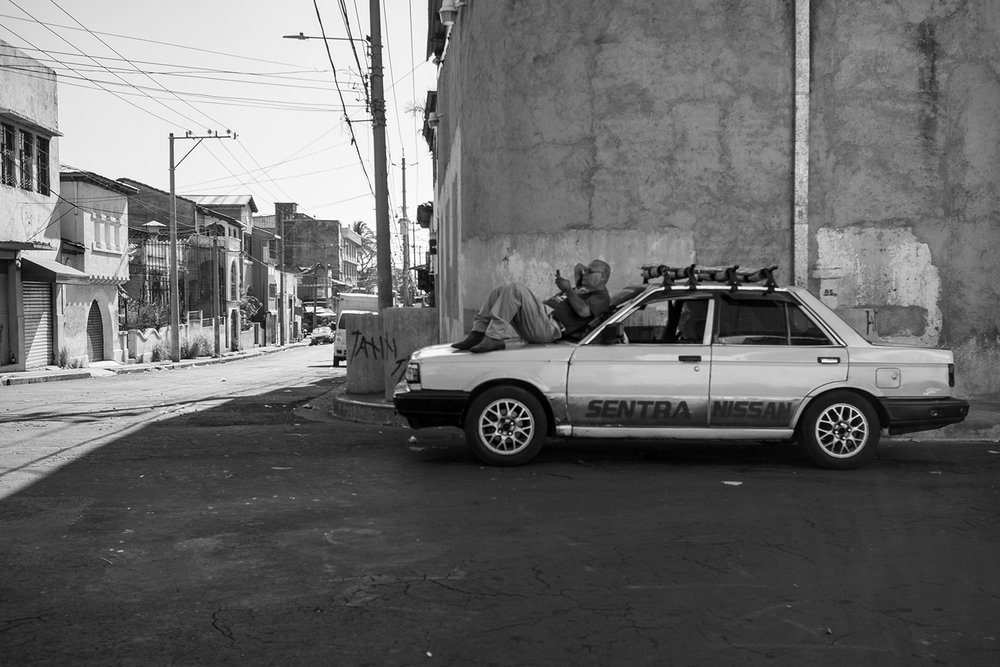
The Challenge Of Juxtaposition
Many images that present juxtaposition show things like people holding up buildings or the sun, for example. The challenge here is to look for new things that are engaging.
After all, the purpose of using this tool is to emerge from creative stagnation. But not all juxtapositions need people – and that’s the wonderful thing about this strategy: basically everything has the potential to be part of a relationship that is completely opposed to its own essence; as a result, it will give an image that surprises, and that is worth capturing.
Getting a juxtaposition to work can’t always be done at first since it is not easy. To suddenly find both an opposite relationship and an aesthetic blend between two elements that can activate a satisfactory reaction in the human mind is the result of huge effort, and even a bit of luck.

Techniques To Capturing Juxtaposition
Composition, depth of field and a wide-angle lens will make using juxtaposition in photography easier for you. It is important that all the elements in the image are easy to recognize since you are trying to present an odd relationship between two elements.
It’s highly likely that you can have such elements interacting in your frame, but not in the same space. Wide-angle lenses are extremely helpful for getting rich amounts of context, which will allow you to capture the story in your frame. If you are working on a concept-based photograph, the concept of your photo needs to be extremely carefully developed as well.
Selecting the right focal length will help you make the elements closest to the lens appear larger or smaller, depending on what effect you ultimately want. The important thing here is that the focal length will depend on the kind of juxtaposition you are trying to photograph.
When composing your shot, it is important to keep it simple and potentially restrict yourself to two elements in the frame. The important thing about the image will be the relationship between these elements; any other element will have the potential to inject unwanted chaos into the image, and that will reduce its impact.
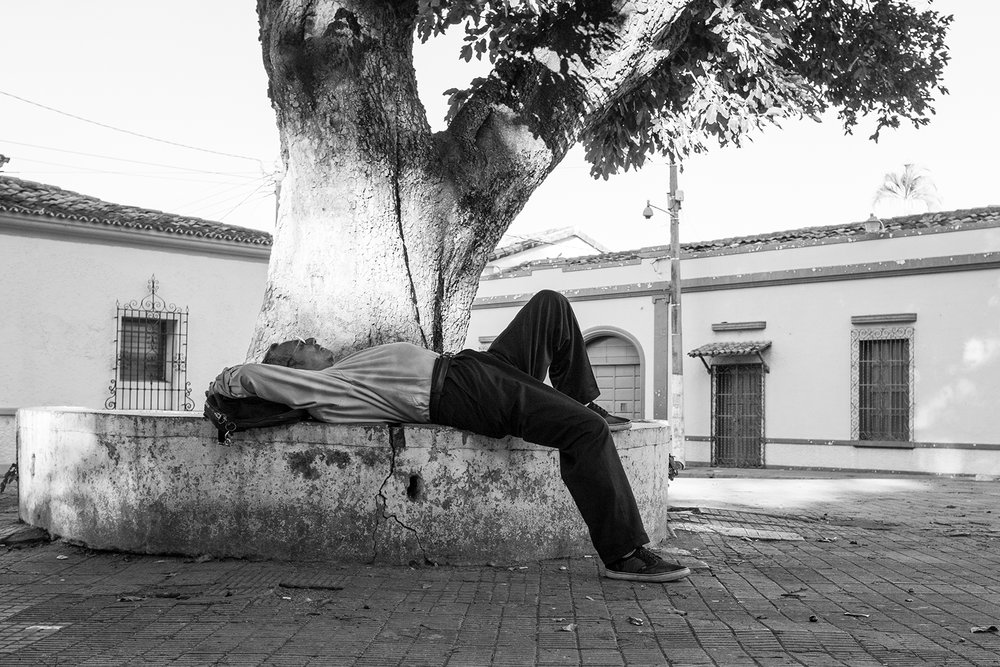
Use juxtaposition in photography wisely, and I guarantee you that you'll achieve extremely powerful images. Before getting out there, try to think about what elements might offer great juxtapositions in your current surroundings.
Our home has huge potential to teach us a lot about this. For further reading, you can check out the work of the Spanish photographer Chema Madoz, who offers a clear example of what it means to juxtapose two dissonant elements to blend them into a single thing.
Oh, and never title your image as a “juxtaposition” – let the viewers decide that. And remember that you can always share your images with our community at the tank!



